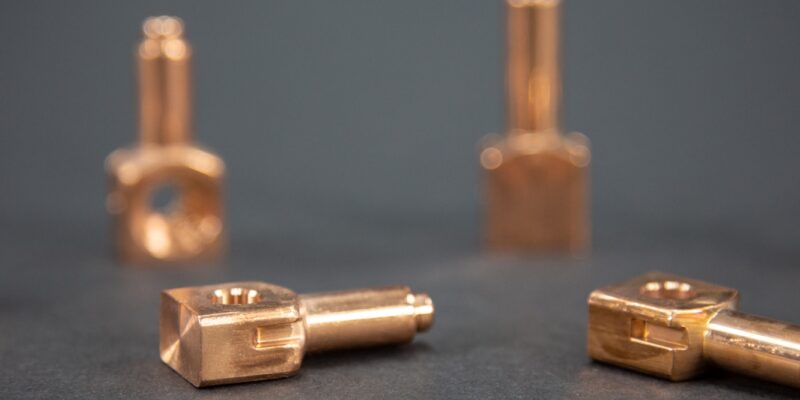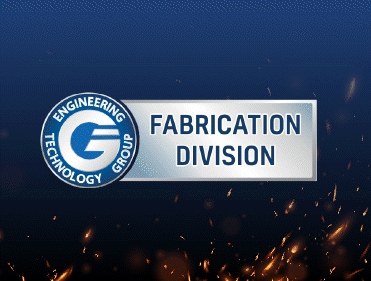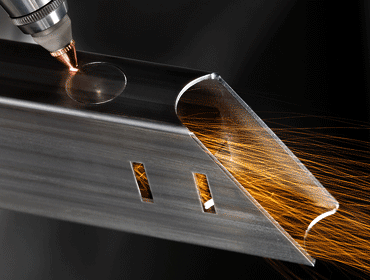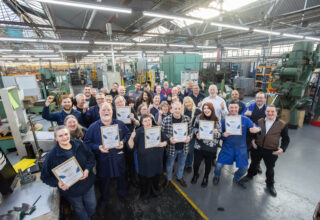
In the world of connector manufacturing, maintaining efficient production methods whilst ensuring quality standards can be a tricky task. Traditional machining processes versus innovative cold forming techniques fight for dominance in this landscape. Whilst both methods are productive, the nuances lie in their cost implications, lead times, environmental credentials and component durability.
Connector Manufacturing Using Machining Processes
Connector components can be precisely shaped by machining processes such as milling, turning, and drilling, but these processes have inherent drawbacks. Some of these include:
- The considerable amount of material waste that occurs during machining.
- The extensive material removal that connectors made from solid metal blocks undergo. This increases manufacturing costs and impacts the environment.
- The disposal challenges and initial resource depletion of wasted material, that both contribute to raised production costs.
- The longer production times required for complex connector geometries, that further increase costs.
In addition, the high cost associated of machining is another deterrent for connector manufacturers. As are the level of production expenses associated with the need for specialised equipment, tooling, and skilled operators. Moreover, as machining processes are generally slower than cold forming, they are unable to match the efficiency required for high-volume production runs. This ultimately impacts the overall cost-effectiveness of connector manufacturing.
Alongside the processing challenges, machining also poses challenges in terms of maintaining material strength and integrity. This is because during machining, heat can alter the material properties of connectors, resulting in localised softening or hardening. Subsequently, the structural integrity and mechanical performance of connectors are compromised, especially in critical load-bearing applications.
Also not to be forgotten is the fact that machining intricate connector designs with tight tolerances and high-quality finishes is challenging. With several factors, including tool wear, vibration, and thermal expansion, causing dimensional inaccuracies and surface imperfections. These can result in performance and quality problems.
Connector Manufacturing Using Cold Forming
In contrast to machining, which involves removing material from a solid block, cold forming uses the plasticity of metal to shape it without significant waste. As a result of this approach, raw material costs are reduced and environmental impact is minimised associated with excess material disposal, facilitating sustainable manufacturing.
Cold forming is also cost saving for connector manufacturers. Cold forming reduces production costs because it requires less energy and fewer machining operations. Reduced labour costs, reduced tooling costs, and shorter machining times are all beneficial to manufacturers, especially for high-volume production runs. Cost savings contribute to improved profitability and competitiveness.
The strength and durability of connectors produced by cold forming are higher than those produced by machining, as shown by the mechanical properties of these connectors. As a result of processes such as cold heading and extrusion, beneficial changes are induced in the microstructure of metal, resulting in improved material strength, hardness, and durability. This ensures that connectors will meet the stringent performance requirements of demanding applications, providing reliability and durability in critical operating conditions while maintaining the high levels of reliability.
In addition, cold forming techniques enable the production of connectors with intricate and complex geometries that may be difficult or costly to achieve through machining. Cold forming allows manufacturers to create connectors with precise dimensions, tight tolerances, and intricate features, meeting the needs of modern engineering. With this capability, connector design and application can be expanded, leading to greater innovation and versatility.














